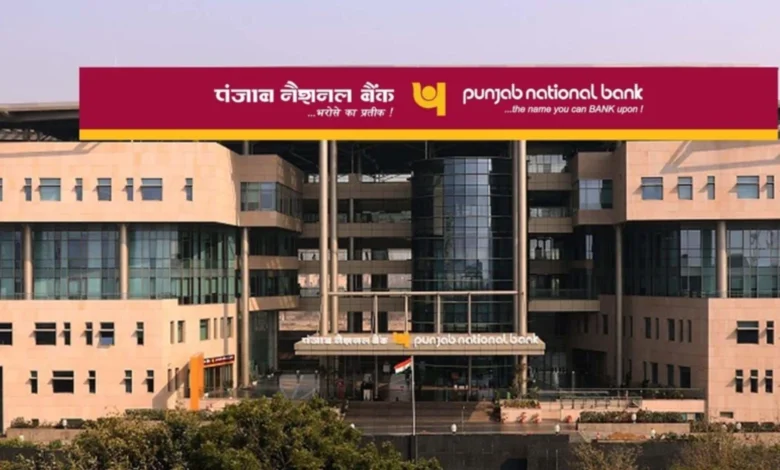PNB may face Rs.9,000 Crore Impact from RBI’s New Credit Loss Rules by 2031

| Get instant news updates: Click here to join our Whatsapp Group |
Punjab National Bank (PNB) expects an estimated ₹90 billion ($1.03 billion) hit as it transitions to the Reserve Bank of India’s (RBI) expected credit loss (ECL) framework by 2031, Managing Director and CEO Ashok Chandra said on Monday.
PNB is among the first banks to reveal the likely impact of the RBI’s new provisioning norms, which require banks to set aside funds for potential loan defaults in advance, starting April 1, 2027.
“The impact comes to around ₹90 billion. The bank has done a rough estimate as this was already in the pipeline. I don’t see any further deviation,” Chandra told Reuters.
He added that the transition will lower PNB’s capital to risk assets ratio (CRAR) by around 0.85 percentage points. As of September 30, PNB’s CRAR stood at 17.19%, slightly below the 17.3% average for Indian commercial banks, as per the RBI’s latest Financial Stability Report.
However, Chandra said the bank would comfortably manage the transition through internal accruals and operational profits, without requiring additional capital support.
A significant portion of the new provisions will apply to stage-two assets — loans in the retail, agriculture, and SME segments where repayments are overdue but not yet classified as non-performing.
PNB recently reported a net profit of ₹49.04 billion for the July–September quarter, marking a 14% year-on-year increase. The bank expects to post a net profit exceeding ₹150 billion in FY2026, according to Chandra.
Until now, Indian banks followed an “incurred loss” approach for provisioning. In its latest MPC meet, however, the RBI has proposed moving to an “expected credit loss” (ECL) framework. By some estimates, this shift can cause a one-time hit of ₹60,000 crore across all banks.
Under the current system, banks only set aside money for bad loans after a problem actually occurs. This is called the incurred loss model, which means losses are recognized only when they are certain and visible.
The Reserve Bank of India now wants banks to follow a new method called the Expected Credit Loss (ECL) model.
In this system, banks must predict future risks and set aside money in advance for possible loan losses — even before a borrower stops paying for 90 days. This way, banks can be more careful and ready for potential defaults.
